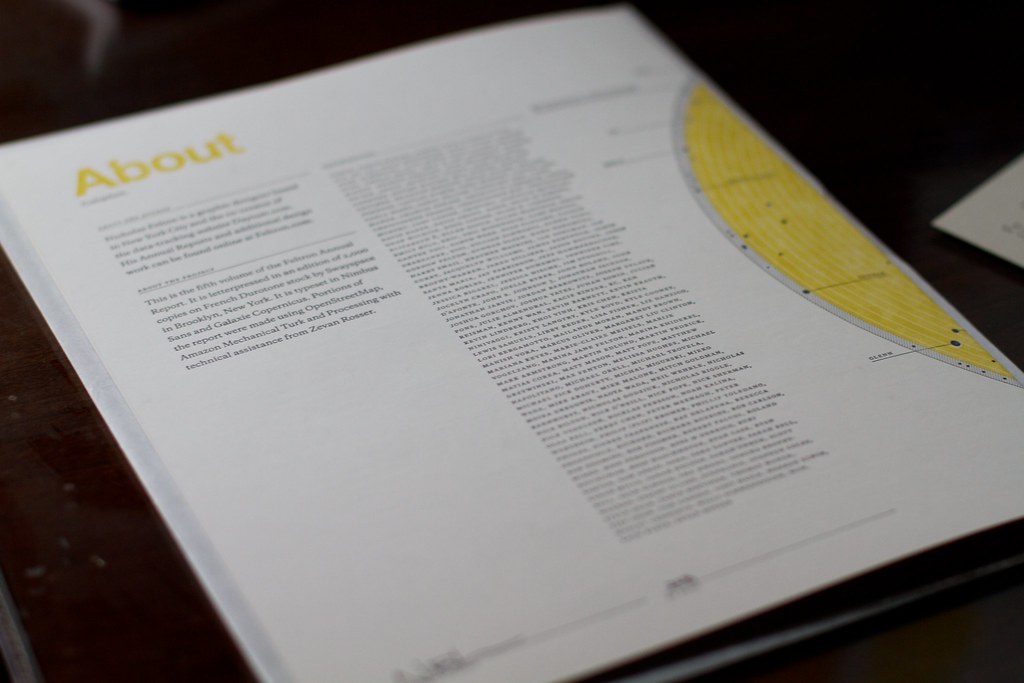
As experienced consumers of language, we understand the importance of clear and precise communication. Just as you meticulously research a product before purchasing, understanding the nuances of commonly confused words is crucial for effective expression. Among the pairs that frequently trip up even seasoned speakers and writers, “worse” and “worst” stand out as particularly challenging. These two words, while sounding similar and sharing a common root in “bad,” serve distinctly different grammatical functions, each signaling a specific degree of unfavorability.
Our aim here is to cut through the confusion with a comprehensive, data-driven approach, mirroring the thoroughness you expect from a Consumer Reports analysis. We’ll delve into the precise definitions, proper applications, and the underlying grammatical principles that govern “worse” and “worst.” By providing clear examples and breaking down their usage, we empower you to make informed linguistic choices, ensuring your writing is not only correct but also conveys your intended meaning with utmost clarity and authority. Consider this your definitive guide to mastering these tricky adjectives, helping you to avoid common pitfalls and enhance your command of English.
Prepare to navigate the intricacies of comparative and superlative forms, explore common idiomatic expressions, and uncover the broader grammatical roles these words play. Our meticulous research and practical advice are designed to give you the confidence to distinguish between “worse” and “worst” in any context, elevating the quality of your everyday communication. Let’s embark on this journey to linguistic precision, ensuring that your command of these words is nothing short of exemplary.
1. **The Fundamental Distinction: Comparative vs. Superlative Forms**
The most critical distinction between “worse” and “worst” lies in their grammatical roles as comparative and superlative forms of the adjective “bad.” “Worse” functions as a comparative adjective, essentially meaning “more bad.” It is used when you are comparing two distinct entities, situations, or states. This form highlights a relative decline or a lower quality when set against a single alternative. The core purpose of “worse” is to establish a direct comparison where one item or condition is evaluated as being less favorable than another.
Conversely, “worst” operates as a superlative adjective, translating to “most bad.” Its application is reserved for scenarios where you are comparing more than two things, or when you are asserting that something represents the absolute lowest quality, most undesirable condition, or most extreme negative state out of every possible option. “Worst” signifies the pinnacle of unfavorability within a given group or across all conceivable possibilities. This is a crucial differentiator; while “worse” is about a step down, “worst” is about reaching the bottom of the ladder.
Understanding this foundational difference is the cornerstone of correct usage. To illustrate, if you have two options and one is less desirable than the other, you would describe it as “worse.” However, if you are evaluating several options and identify one that is unequivocally the least desirable of all, then “worst” is the appropriate term. This distinction is not merely academic; it fundamentally shapes the precision and accuracy of your statements, guiding the reader or listener to the exact degree of negativity you intend to convey.
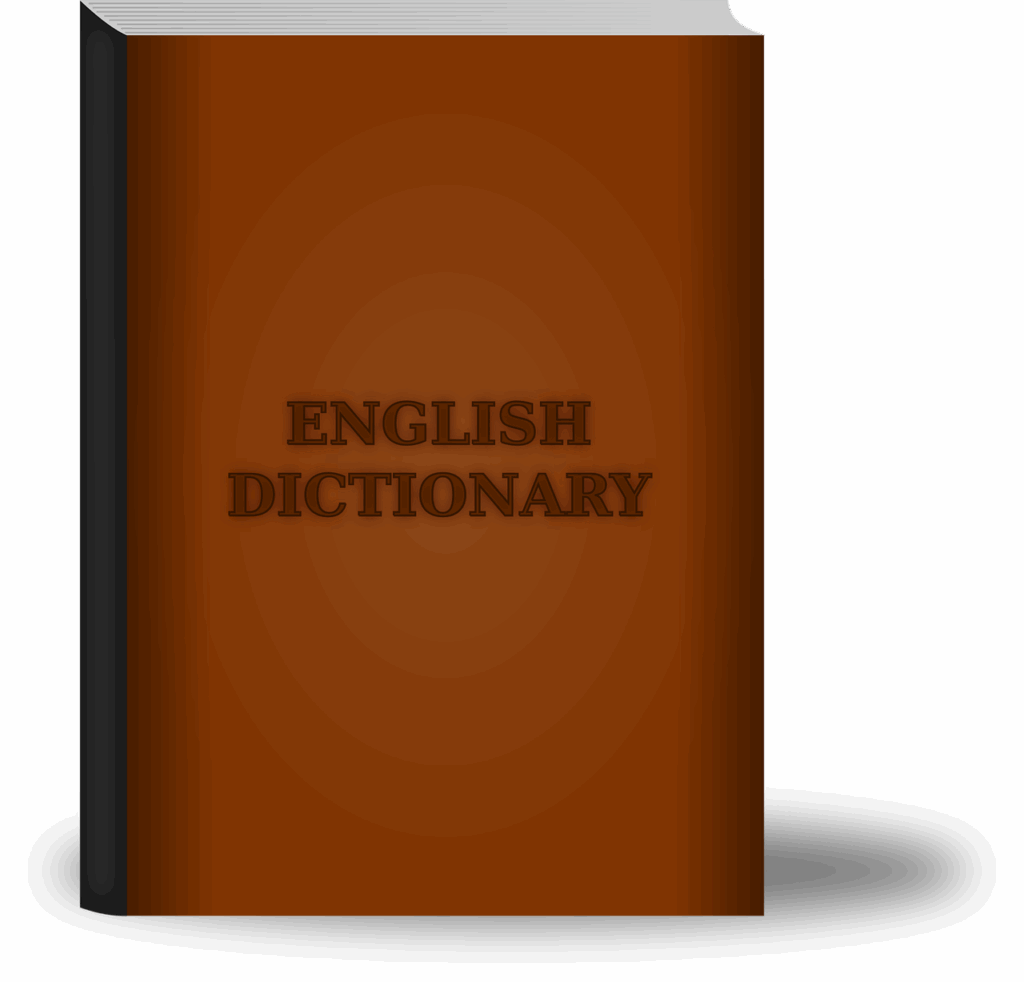
2. **Utilizing ‘Worse’: The Comparative for Two-Way Comparisons**
When faced with a scenario involving precisely two items, conditions, or situations, “worse” is the word you need to express a comparative degree of negativity. Its function is to highlight that one of these two things is of a lower quality, less desirable, or more negative than the other. The emphasis is always on a direct, one-to-one comparison. For instance, if you are discussing two different paints for a wall, you might say, “I think the pink paint looks worse on the wall than the red paint did.” Here, two colors are directly juxtaposed, and “worse” clearly indicates which is less appealing in that specific context.
“Worse” is also frequently employed to describe a deterioration in quality or condition over time, often in relation to a prior state. When a situation starts in a negative state and then declines further, “worse” accurately captures this progressive deterioration. Consider the statement, “The situation was bad and it just got worse.” This shows a direct comparison between the initial ‘bad’ state and the subsequent ‘worse’ state, signifying a decline. It marks a clear movement from one negative point to a more negative one, but still within a context that implies a comparison with its immediate predecessor.
This comparative nature makes “worse” indispensable for illustrating relative negativity. It does not claim absolute rock bottom, but rather a significant step down from a specific reference point. Whether comparing two discrete items or tracking the decline of a single entity, “worse” provides the linguistic tool to precisely articulate a less favorable condition when only two stages or subjects are in play. It is a vital component for clear evaluative statements, ensuring your audience understands the specific comparison being made without ambiguity.
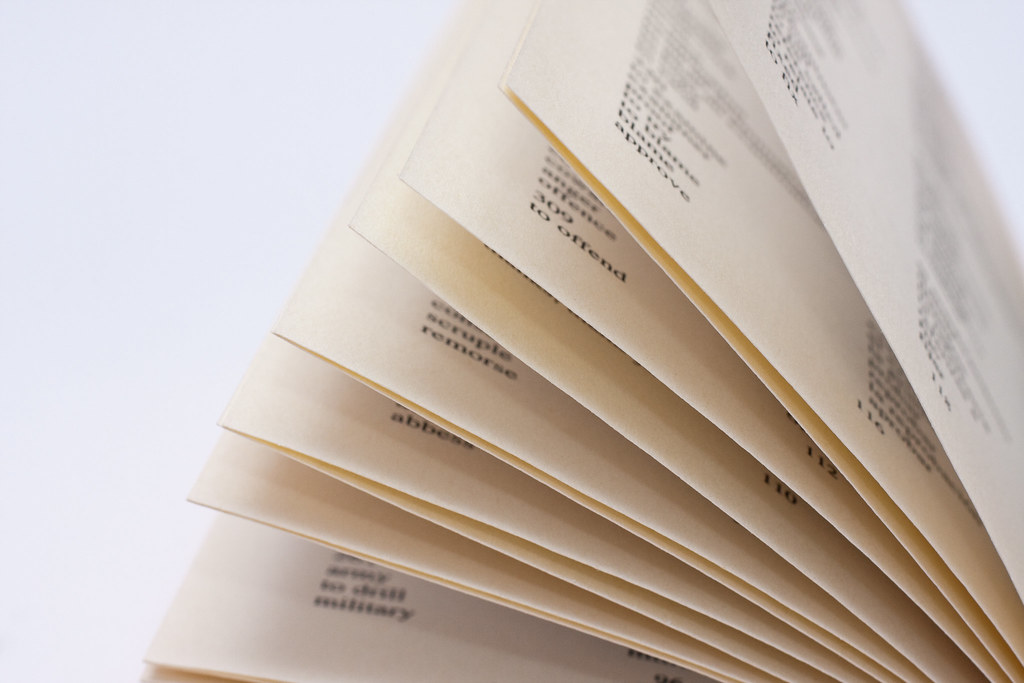
3. **Employing ‘Worst’: Identifying the Absolute Extreme Among Many**
In contrast to “worse,” the term “worst” is deployed when you need to convey the highest possible degree of negativity. This superlative form is used in two primary contexts. Firstly, it is appropriate when comparing three or more things, singling out the one that is the least favorable, of the poorest quality, or most undesirable among the entire group. For example, if you’re evaluating multiple cases of a particular ailment, you might observe, “Out of all of us, Tom had the worst case of poison ivy.” Here, Tom’s case is positioned at the absolute lowest end of the spectrum compared to all others involved.
Secondly, “worst” is used to declare that something is the most extreme negative option out of every conceivable possibility, even if an explicit group isn’t stated. This usage implies an ultimate, unparalleled level of badness. A statement such as, “That was the worst meal I’ve ever eaten,” clearly positions that particular meal as the absolute nadir of all dining experiences in the speaker’s memory. It leaves no room for anything being more undesirable, establishing it as the benchmark for poor quality or unpleasantness.
“Worst” can apply to various attributes, describing something as most faulty, most unsatisfactory, most unpleasant, least attractive, or least skilled. A person identified as “the worst student in a class” is either the one scoring lowest on tests or misbehaving the most, signifying an absolute bottom in performance or conduct. This word unequivocally communicates that something has reached the lowest possible point within its category, making it an essential tool for expressing extreme judgments and definitive negative evaluations.
4. **The Familiar Analogy: Learning from ‘Good,’ ‘Better,’ and ‘Best’**
For many, understanding the distinction between “worse” and “worst” becomes much clearer when drawing an analogy to a more commonly understood set of comparative and superlative adjectives: “good,” “better,” and “best.” These words function in an identical grammatical manner, only on the positive spectrum rather than the negative. Just as “bad” has its comparative “worse” and superlative “worst,” “good” similarly evolves into “better” and “best.”
Consider the progression: “good” describes a positive quality. When comparing two positive things, you use “better” to indicate which one is more positive or superior. For instance, “This car is good, but that one is better.” The comparison is direct, focusing on two subjects. Similarly, “worse” is used for comparing two negative things, where one is “more bad” than the other, like “The first movie was bad, but the sequel was worse.”
Extending this, “best” is used when identifying the single most positive or superior item from a group of three or more, or indeed, from all possible options. “That was the best movie I’ve ever seen” signifies the ultimate positive experience. Analogously, “worst” serves the same function for negative attributes, pinpointing the ultimate negative or “most bad” item in a group. This parallel structure is highly effective: if you can confidently differentiate between “better” and “best,” you possess the conceptual framework to master “worse” and “worst” with equal ease. This analogy serves as a reliable mental model, providing a familiar anchor for these often-confused terms.
Read more about: Beyond the Algorithm: Decoding ChatGPT’s Chilling Predictions for Humanity’s Future – And Our Role in Shaping It
5. **Navigating Irregular Forms: Why ‘Worse’ and ‘Worst’ Don’t Follow the Rules**
Most comparative adjectives in English are formed by either adding “-er” to the end of the word (e.g., “fast” becomes “faster”) or by placing “more” or “less” before it (e.g., “impressive” becomes “more impressive”). Superlative adjectives typically follow a similar pattern, by adding “-est” (e.g., “fastest”) or using “most” or “least” (e.g., “most impressive”). However, “worse” and “worst” are considered irregular forms because they do not adhere to these standard rules. They are derived from “bad” but change their root form significantly.
This irregularity is a remnant of older English linguistic structures, where such transformations were more common. While they don’t follow the predictable modern patterns, a subtle hint of the superlative “-est” ending can still be observed at the end of “worst” (and its positive counterpart, “best”). This visual clue can be a helpful mnemonic device for remembering that “worst” signifies the superlative degree. Recognizing them as irregular forms prevents the common mistake of trying to apply the standard rules, which would incorrectly lead to phrases like “badder” or “baddest.”
Their deviation from the norm underscores the importance of memorizing these specific forms. Unlike regular adjectives that offer a clear pattern, “bad,” “worse,” and “worst” require direct recall. This understanding is key to maintaining grammatical correctness and authenticity in your language use, reinforcing the idea that not all linguistic elements fit neatly into predictable boxes. Accepting their irregular nature is the first step toward their accurate and confident application in both written and spoken communication.

6. **The Idiomatic Use of ‘From Bad to Worse’: Understanding Continuous Deterioration**
One of the most common and illustrative expressions featuring “worse” is the idiom “from bad to worse.” This phrase is a powerful descriptor for a situation that has not only started in a negative condition but has subsequently deteriorated further, entering an even more undesirable state. It vividly conveys a sense of continuous decline or escalating negativity. The use of “worse” here is perfectly aligned with its comparative function, as it implies a comparison between an initial ‘bad’ state and a subsequent, inferior ‘worse’ state.
For example, if someone’s handwriting was initially poor and has since become nearly illegible, one might say, “My handwriting has gone from bad to worse since I graduated high school.” This sentence effectively communicates a trajectory of decline, where each stage is progressively less favorable than the last. The phrase doesn’t suggest reaching the absolute lowest point possible, but rather emphasizes an ongoing downward trend, a deepening of an already negative condition. It’s a dynamic comparison, marking a continuous negative evolution.
This idiom encapsulates the essence of “worse” as a comparative tool: it points to a negative change, a movement to a less desirable position relative to a previous one. It is a concise and impactful way to describe a deteriorating situation without necessarily invoking the absolute extreme. Understanding “from bad to worse” not only clarifies the usage of “worse” but also enriches your idiomatic vocabulary, enabling more expressive and accurate descriptions of unfavorable developments.
As we advance in our linguistic exploration, the nuances of “worse” and “worst” become even more apparent, especially when applied to specific idiomatic expressions and broader grammatical contexts. Mastering these advanced applications is crucial for truly authoritative and precise communication, mirroring the meticulous attention to detail that informed consumers demand. This section will meticulously unpack these complexities, providing the clarity necessary to navigate common confusions and fully appreciate the versatile roles these words play in the English language.

7. **Clarifying ‘Worst-Case Scenario’: Avoiding a Common Pitfall**
One phrase that frequently causes confusion, yet clearly calls for the superlative “worst,” is “worst-case scenario.” This expression, along with its close relative “in the worst case,” refers to a situation that is as profoundly negative as possible when compared to any other conceivable outcome. The absolute nature of this comparison is precisely why “worst,” the superlative form of “bad,” is the only grammatically correct choice here. It implies the ultimate nadir of possibilities, leaving no room for a “more bad” state.
Consider the stark implications: “In the worst case, the beams will collapse instantly.” This statement isn’t comparing two undesirable outcomes; it’s presenting the single most catastrophic possibility. Similarly, when a contingency plan is discussed, it might be framed with “This isn’t what we expect to happen—it’s just the worst-case scenario.” Here, “worst-case scenario” functions as a definitive marker for the direst potential event, demanding the superlative to accurately convey its extremity.
It is important to differentiate this idiomatic usage from instances where “worse” and “case” might appear together in a sentence without forming a fixed expression. For example, one could accurately say, “Jacob had a worse case of bronchitis than Melanie did.” In this instance, “worse” correctly functions as a comparative adjective, comparing the severity of two individuals’ bronchitis cases. However, it does not constitute the idiom “worst case,” reinforcing the importance of recognizing established phrases that necessitate the superlative form.

8. **Deciphering ‘If Worse Comes to Worst’ vs. ‘If Worst Comes to Worst’**
Another common linguistic dilemma arises with the expression meaning “if the worst possible outcome happens,” where two very similar versions exist: “if worse comes to worst” and “if worst comes to worst.” Our research indicates that while both forms are technically recognized, “if worst comes to worst” is significantly more prevalent in contemporary usage, even though its logical construction might seem less intuitive to some. This often highlights how language evolves through common adoption.
Irrespective of which version one prefers or encounters, the core meaning of the idiom remains consistent: it describes a contingency where the most undesirable event unfolds. Crucially, this expression is almost invariably paired with a proposed solution or a planned course of action to mitigate the extreme negative outcome. It prepares the audience for a grave event while simultaneously offering a practical response.
For example, a careful planner might state, “I’m going to try to make it to the store before the storm starts, but if worst comes to worst, I’ll at least have my umbrella with me.” Here, the speaker acknowledges the potential for the absolute worst weather condition and immediately provides a pragmatic backup plan. Another scenario could be, “If worse comes to worst and every door is locked, we’ll get in by opening a window,” clearly outlining a solution for the most challenging ingress situation. Understanding this dual function—identifying the extreme negative and providing a countermeasure—is key to grasping the idiom’s full utility.
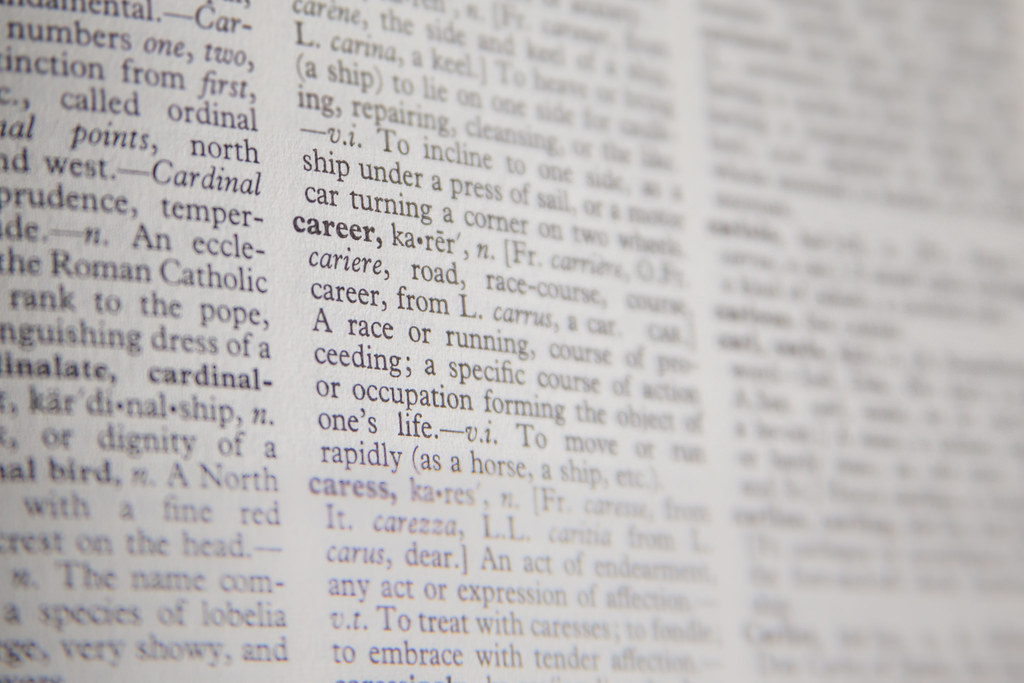
9. **Practical Application: Examples of ‘Worse’ in Context**
To solidify our understanding of “worse,” it is beneficial to examine its practical application across various contexts. As a comparative adjective, “worse” is deployed when the intent is to highlight a negative comparison between two specific entities, conditions, or states. It signifies a decline in quality or a less favorable position relative to a single point of reference. This precision allows for clear and unambiguous evaluative statements, guiding the consumer of information to an exact understanding of the comparison being made.
Consider situations of direct comparison. When evaluating aesthetic preferences, one might assert, “I think the pink paint looks worse on the wall than the red paint did.” This illustrates a clear, two-way judgment where one option is deemed less appealing than the other. Similarly, tracking a decline over time often employs “worse,” as seen in the statement, “My grades went from bad to worse after I missed a few classes.” This exemplifies a progressive deterioration from an initial ‘bad’ state to a ‘more bad’ state, underscoring its role in describing negative evolution.
Further examples demonstrate its comparative power. In a direct comparison of physical states, one could observe, “Your breath is bad, but mine is worse,” a straightforward two-way evaluation. When assessing skill levels, a candid admission might be, “My brother is bad at basketball, but honestly I’m worse,” where the individual places themselves on a lower rung than their sibling. Even environmental conditions fall within its scope: “Today’s weather is worse than yesterday’s,” pinpointing a specific decline in favorability between two distinct days. These instances collectively showcase “worse” as an indispensable tool for articulating relative negativity.
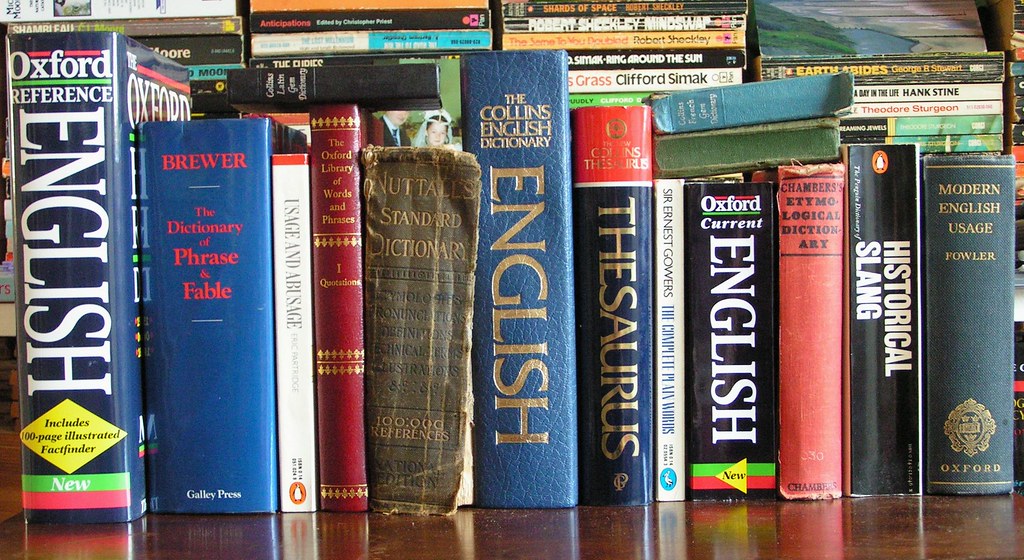
10. **Practical Application: Examples of ‘Worst’ in Context**
In contrast to the comparative nature of “worse,” the superlative “worst” is employed when conveying the absolute nadir of quality or desirability, either among a group of three or more items or in an unqualified declaration of ultimate negativity. This usage provides a definitive judgment, positioning something at the very bottom of any given scale or hierarchy. Its function is to establish a benchmark for extreme unfavorability, offering clarity when expressing profound negative assessments.
When comparing multiple entities, “worst” unequivocally identifies the lowest performer or most undesirable option. For instance, in a group assessment, one might note, “Out of all of us, Tom had the worst case of poison ivy,” clearly singling out Tom’s situation as the most severe. Similarly, in a competitive scenario, “Debra Deer had a worse finishing time than Charlie Cheetah, but Sam Sloth had the worst time by far,” pinpoints Sam as the absolute slowest among the three. These examples highlight its role in making conclusive distinctions within a defined group.
Beyond direct group comparisons, “worst” is also used to express an absolute extreme, implying comparison against all possible experiences. A definitive condemnation of quality might be, “That was the worst meal I’ve ever eaten,” positioning it as the unparalleled low point of all dining encounters. When confronted with an utterly flawed concept, one could exclaim, “That was the worst idea I have ever heard,” signaling it as the most egregious proposition imaginable. The weather also offers opportunities for such absolute declarations, as in, “But that storm last week was the worst I’ve seen,” establishing a personal record for severity.
Further reinforcing its absolute nature, academic performance might be summarized with, “Jessica got a 50 on the test, making her grade the worst in the class,” definitively identifying the lowest score. Similarly, “I have played a lot of bad video games, but that one is the worst of them all,” or “We didn’t get any runners on base, making today’s baseball game the worst one this year,” illustrate how “worst” functions to conclude that something is without parallel in its negative attributes, serving as a powerful descriptor for ultimate dissatisfaction or failure.
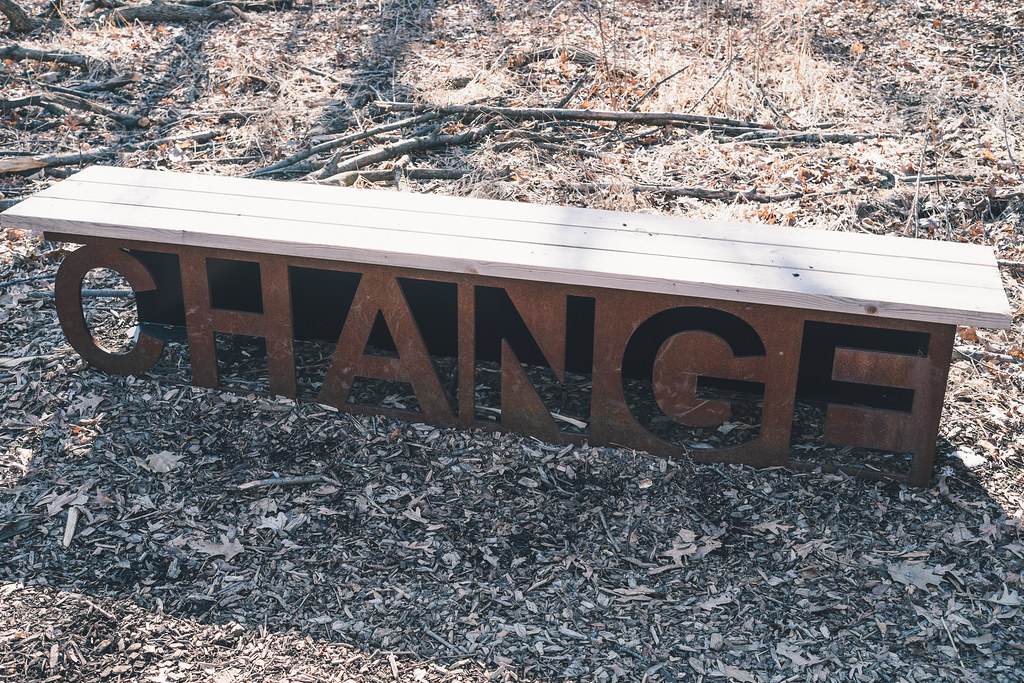
11. **The Multifaceted ‘Worst’: Beyond Adjective to Noun, Adverb, and Verb**
While primarily recognized as the superlative adjective form of “bad” or “ill,” the word “worst” demonstrates a remarkable versatility, extending its grammatical reach to function as a noun, an adverb, and even a verb. This multifaceted nature underscores its deep integration into the English language, allowing for nuanced expressions of extreme negativity or ultimate defeat across various parts of speech. Understanding these broader applications enriches one’s linguistic precision, enabling a more comprehensive command of the word.
As a noun, “worst” refers to “something that is worst” or “the worst part, condition, or degree.” This usage often appears with the definite article “the,” as in the common cautionary phrase, “Prepare for the worst.” Here, “the worst” collectively refers to the most unfavorable or dire circumstances that could possibly arise. It functions as a singular concept embodying the absolute extreme of negative possibilities, allowing speakers to refer to this abstract notion concisely and impactfully.
Operating as an adverb, “worst” means “in the worst manner” or “to the greatest degree.” In this role, it acts as the superlative form of “badly,” describing an action or state performed or existing at the lowest possible standard. For instance, while one might do something “badly,” another might do it “worst,” implying an unmatched level of poor execution. This adverbial usage precisely articulates the extreme end of negative performance, intensifying the unfavorable description of a verb or another adverb.
Perhaps surprisingly, “worst” can also function as a transitive verb, meaning “to defeat” or “to beat.” This less common but historically significant usage positions “worst” as an action verb that directly expresses overcoming an opponent. An example provided in linguistic resources is, “He worsted him easily.” This demonstrates an active sense of outdoing or vanquishing someone, placing “worst” in a dynamic role where it denotes the act of inflicting the ultimate defeat upon another. This versatility across grammatical categories illustrates the rich semantic depth embedded within this seemingly simple word.

12. **Expanding the Scope: ‘Worse’ and ‘Worst’ as Forms of ‘Ill’ and ‘Badly’**
Our discussion thus far has primarily focused on “worse” and “worst” as the comparative and superlative forms of the adjective “bad.” However, their linguistic reach extends beyond this common association, encompassing the adjective “ill” and the adverb “badly” as well. This expansion is crucial for a complete understanding of their application, as it reveals their comprehensive role in expressing varying degrees of unfavorability across different grammatical functions.
When considering “ill,” which as an adjective can mean sick, unwell, hostile, evil, or unfavorable, “worse” and “worst” naturally follow to describe more extreme states. For instance, if someone is “ill,” they could become “worse” if their condition deteriorates further, or they could suffer the “worst” illness of their life. Similarly, “ill fortune” might turn “worse,” or one could face the “worst fortune” imaginable. This connection highlights how “worse” and “worst” serve as universal markers for escalating or ultimate negativity, irrespective of the specific negative quality indicated by “ill.”
The relationship also extends to the adverb “badly,” which typically describes actions performed “in a bad way,” “incorrectly,” or “to a great extent.” Here, “worse” and “worst” function as the comparative and superlative adverbs, respectively. If an action is performed “badly,” it could be performed “worse” by a different individual or in a different attempt, or it could be performed “worst” by someone demonstrating the absolute poorest execution. For example, if a musician plays “badly,” they might play “worse” on a particularly off night, or a struggling novice might play “the worst” out of all performers. This demonstrates their capacity to modify verbs, illustrating how actions can degenerate or reach an ultimate low point in execution.
This broader understanding—that “worse” and “worst” function as forms not only of “bad” but also of “ill” and “badly”—underscores their fundamental role as the primary tools in English for conveying degrees of negativity across adjectives and adverbs. Recognizing these expanded connections equips language users with a more robust and flexible command of these essential words, allowing for nuanced and precise expression in diverse communicative scenarios.
In concluding our comprehensive guide to “worse” and “worst,” it is evident that precision in language is not merely a matter of academic correctness but a cornerstone of effective communication. Just as consumers rely on thorough research to make sound purchasing decisions, so too do readers and listeners depend on linguistic accuracy to fully grasp intended meanings. By carefully distinguishing between these comparative and superlative forms, and appreciating their varied applications across idioms, parts of speech, and related words like “ill” and “badly,” you elevate your command of English. This mastery empowers you to articulate degrees of unfavorability with unparalleled clarity and confidence, ensuring your message is always understood with the exact nuance you intend. We encourage you to apply these insights diligently, transforming potential pitfalls into opportunities for exemplary linguistic expression. After all, when it comes to clarity, there is no “worse” alternative than ambiguity, and no “worst” outcome than being misunderstood. Prepare for the best in your linguistic journey!






